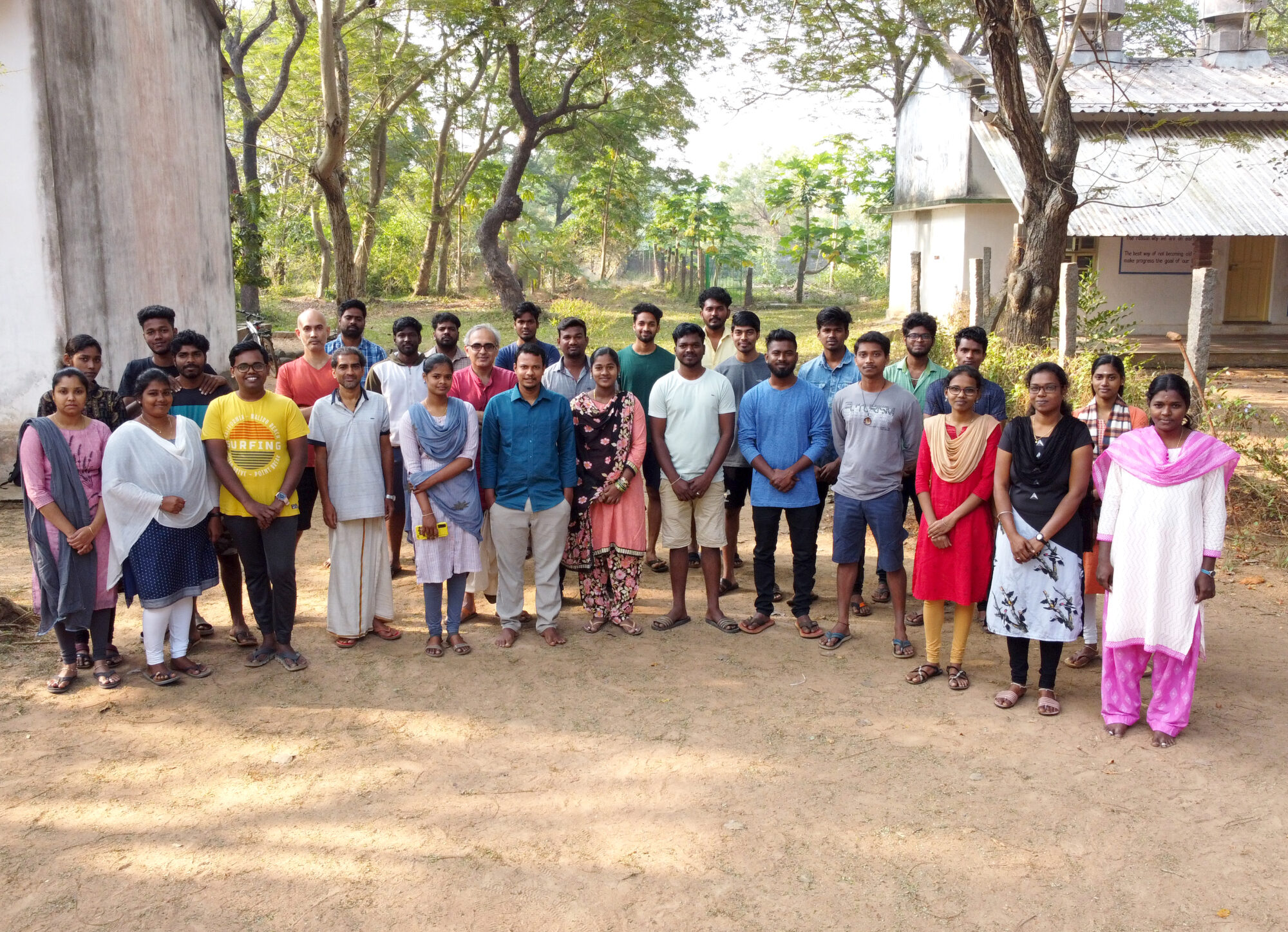The Mathegramming team at Vasavi International School taught new ways of decimal multiplication using graph sheets. Before we started the session, we introduced what is decimal multiplication and students said it’s regular multiplication but with numbers that have dots (decimal)in them. We just have to multiply the numbers like normal and then figure out where to put the dot in our answer. We believe that learning should be fun and interactive.

Graph sheets provide visual ideas that make an understanding of decimal multiplication and the grid lines help to understand the placement of whole number and decimal values. The graph sheet has horizontal and vertical lines, creating boxes for each digit. Use different colors to mark them as 1,1/10, and 1/100 on the graph sheet.
Draw the first whole number with a decimal value on the horizontal side and another with a decimal value on the vertical side. Now extend both decimal values and make it as an area.


Add the total number of decimal places in both numbers. This will determine the placement of the decimal point in your final answer.
1/10 – 1 means the whole part is divided into ten equal parts on the graph sheet. It means 1/10 moves the dot one place to the left.
1/100 – Now combine all ten pieces and each piece as one part. (i.e.) 1/100 moves the dot two places to the left.


In the normal way of teaching decimal multiplication, students feel like overwhelmed and disconnected. Our Mathegramming team filled the gap by combining the principles of mathematics with the creativity and logic of programming. Through the collaborative efforts of the Mathegramming team, the process of teaching decimal multiplication to Vasavi students using graph sheets has more to be highly effective.




